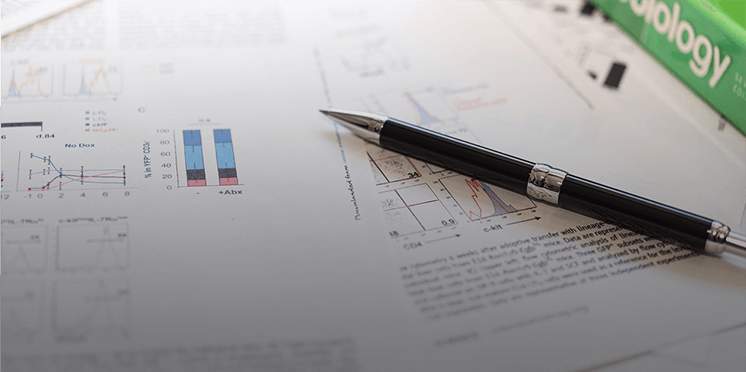invert
原義は「ひっくり返す、裏返す」。一般的な用法の第一の意味は、「物の通常の位置を、上下逆さまにひっくり返したり、反対の順序に並べることによって、変更する」。科学技術論文では、1.物の位置を「反転させる(反対にする)」、2.物質の性質を「転化させる」というように使う。
例文:
1-1) There is an extra crossover when making an image than when making a diffraction pattern. Consequently, the diffraction pattern is inverted (through its center) with respect to the image
回折図形を作るときよりも像を作るときに、ひとつ余分のクロスオーバが生じる。その結果、回折図形は像に対して((図形の)中心を通して)反転される。
例文:
1-2) In the convolution equation for "Patterson function," since the function f(r) is not inverted in the usual way for a convolution, we write P(r) = f*(r)*f(−r).
「パターソン関数」の畳み込みの式では、関数f(r)は、畳み込みに対して通常の方法では反転されないので、われわれはP(r) = f*(r)*f(−r)と書き表す。
例文:
2-1) In general, it is extremely difficult to invert phase contrast images to yield a model specimen structure.
一般には、位相コントラスト像を転化して試料構造モデルを産み出すことは、極めて難しい。






